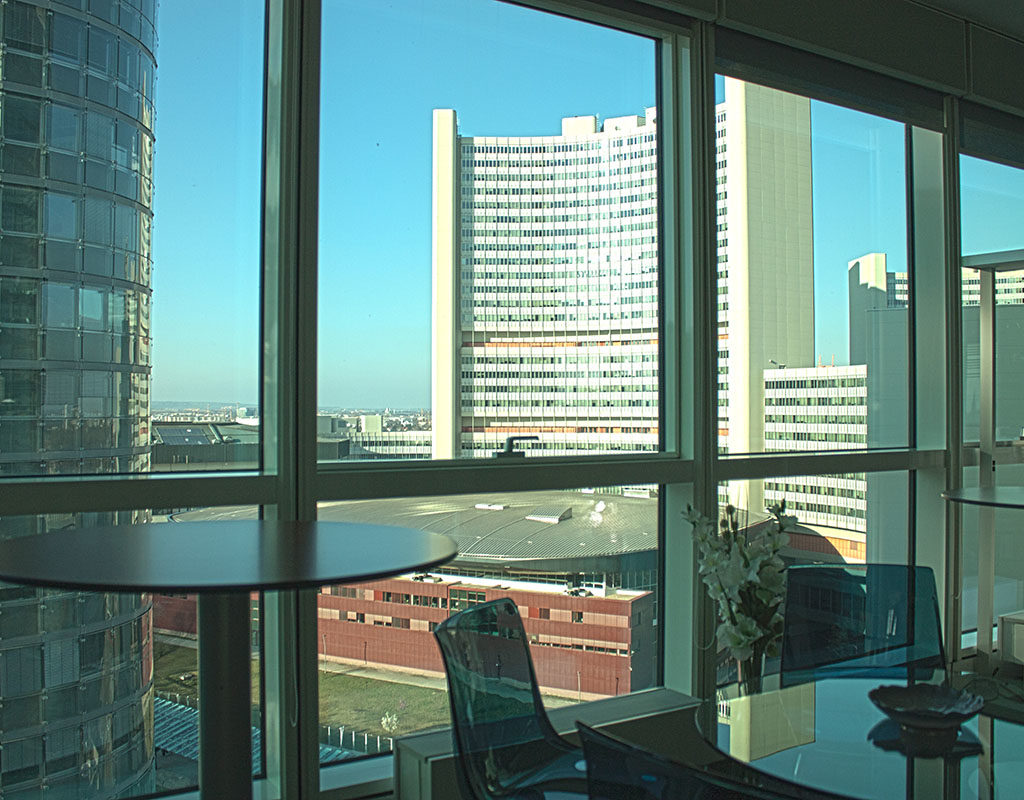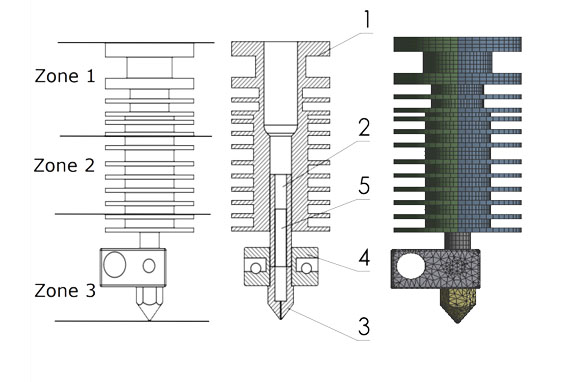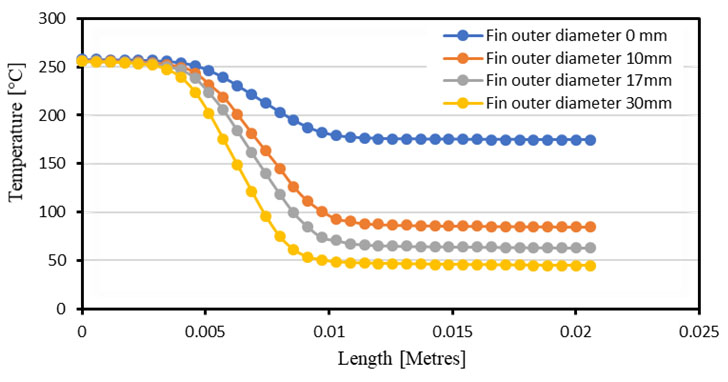Cademix Institute of Technology, Vienna, Austria | +43 650 967 7080 | info@cademix.org


Cademix Institute of Technology
Job seekers Portal for Career Acceleration, Continuing Education, European Job Market
People also visited:
Exploring Ophthalmology: Comprehensive Eye Care from Diagnosis to Treatment
Acuvue Moist: The Ultimate Guide to Daily Comfort and Clear Vision
The Evolution of Color Lenses: A Journey Through History and Fashion
Advanced SEO Techniques: Leveraging Reflective Search Intent for Competitive Edge
Selection of Materials and Plastic Technology in Pharma
Comprehensive Guide to Resume Template Word Free Download: How to Choose and Use Them Effectively
The Science Behind Bifocal Contacts: An In-Depth Look at Optics and Vision Correction
From India to a Research Position in Berlin
Electrical Design Tools: EPLAN, AutoCAD Electrical and the Alternates
Eye Doctor Urgent Care: Comprehensive Guide to Emergency Eye Care Services
Integrating Accessibility into UX Design
The Importance of Sustainable Business in Today's World
From Boring to Brilliant: How to Create an Outstanding PowerPoint Presentation for Your Job Intervie...
Understanding Cademix's Author Privacy Policy : A Simple Explanation
From Sketch to Prototype: Transforming Your Ideas with TinkerCAD
Goal Setting
Post-Event Evaluation: Why It Matters and How to Do It Right
Optimizing Efficiency in High-Voltage Power Transmission for Renewable Energy Integration
Comprehensive Guide to Good Resume Templates: How to Choose and Use Them Effectively
OptiFree PureMoist: Enhancing Contact Lens Comfort and Hygiene
Growing in Sawdust: Alternative Planting Medium in Vertical Farming
SEO-Optimierung für mehrsprachige Websites: Ein umfassender Leitfaden
Essential leadership skills to help you succeed in post covid world
Optician Technician: A Comprehensive Guide to Roles, Responsibilities, and Career Path
People also visited:
Low cost & Portable MRI Systems - A step toward democratization of Health Care
A Game Theory Model of Opportunism Behavior in Auctions
Mastering Task Management Strategies: A Guide to Leveraging Task Momentum and Overcoming Sunk Cost B...
Optometrist Employment: A Guide for International Job Seekers
5 Key Elements of Quality Control Systems in Electrical Engineering: A Comprehensive Overview
Prescription Safety Glasses: Ensuring Protection and Clear Vision
Arduino and Raspberry Pi in an Amazing Smart Home
A Guide to Germany's Biggest Cities: Where to Study, Work and Explore!
Navigating the Optometrist Career: A Pathway to Vision Health and Professional Fulfillment
Microscale 3D Printing: A Review
Eye Doctor Urgent Care: Comprehensive Guide to Emergency Eye Care Services
Eye Associates: Comprehensive Eye Care Services for Optimal Vision Health
Climate Smart Agriculture: Strategies, Practices, and Policies for Sustainable Development
Monthly Contact Lenses: Balancing Convenience and Vision Health
Comprehensive Guide to Job CV Templates: How to Create, Customize, and Use Professional CVs for Job ...
Optometry: A Comprehensive Guide
Revolutionizing Logo Design: The Creative Power of AI
Success Story: Narendra Singh
Comprehensive Guide to Free CV Template Word: How to Find, Download, and Customize Them
The Comprehensive Guide to Finding the Best Eye Doctor
Minimizing Gossip’s Impact and Advice for Foreign Workers in Training
Keeping Your Training Progress Private in European Workplaces
5 easy ways to never run out of new ideas
Configuration and Components of Photovoltaic Systems: A Comprehensive Guide


